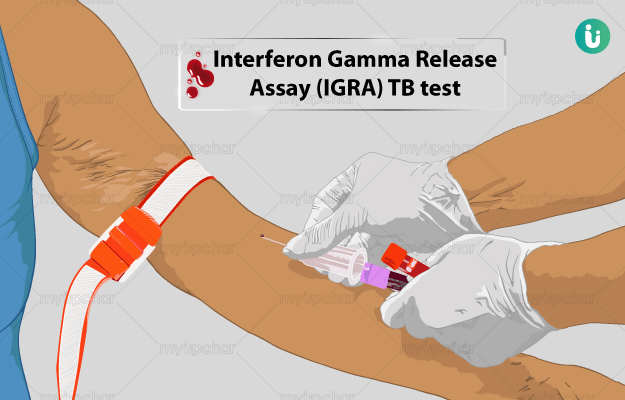What is a Magnetic Resonance Imaging (MRI) test?
A magnetic resonance imaging (MRI) scan is an imaging test that generates three-dimensional pictures of the body structures and organs using radio waves and strong magnetic fields. This test helps detect and diagnose diseases and monitors ongoing treatment. Some of the machines used to conduct an MRI are spacious while some are like a narrow tunnel. The test can last anywhere from 30 minutes to 2 hours depending on the suspected disease or condition.
The magnet in an MRI machine is measured in the unit Tesla (T). The commonly used magnet in an MRI machine is 1.5T; however, the latest advancement, the 3T MRI machine, has a magnet strength of 3T, which has a stronger signal. This leads to improved image quality with a decrease in test time.
Normally, you will have to lie down on an examination table, which will then slide into a tunnel-like machine that contains the magnets. However, since the MRI procedure takes a long time, it can cause discomfort to the patients (especially those who are claustrophobic). Advancement in technology has greatly helped to minimise this.
In a reclining MRI, the patient can rest in a reclining chair with only the part of the body that is to be studied inside the equipment. No other body part is in the machine. During the scan, the patient may either choose to read a book or listen to music. Since the patients are not inside the MRI machine, they do not need to worry about claustrophobia.
Additionally, some MRI machines with an advanced design allow imaging of different parts of the body such as bones, cartilages and joints while standing, squatting or in other weight-bearing positions. Such a machine is known as an upright open MRI and is beneficial in understanding the functioning of the joint. When there is injury or damage to the joints, the joint can be scanned in a position relevant to normal joint function as well as through the range of motion of the joint.

































